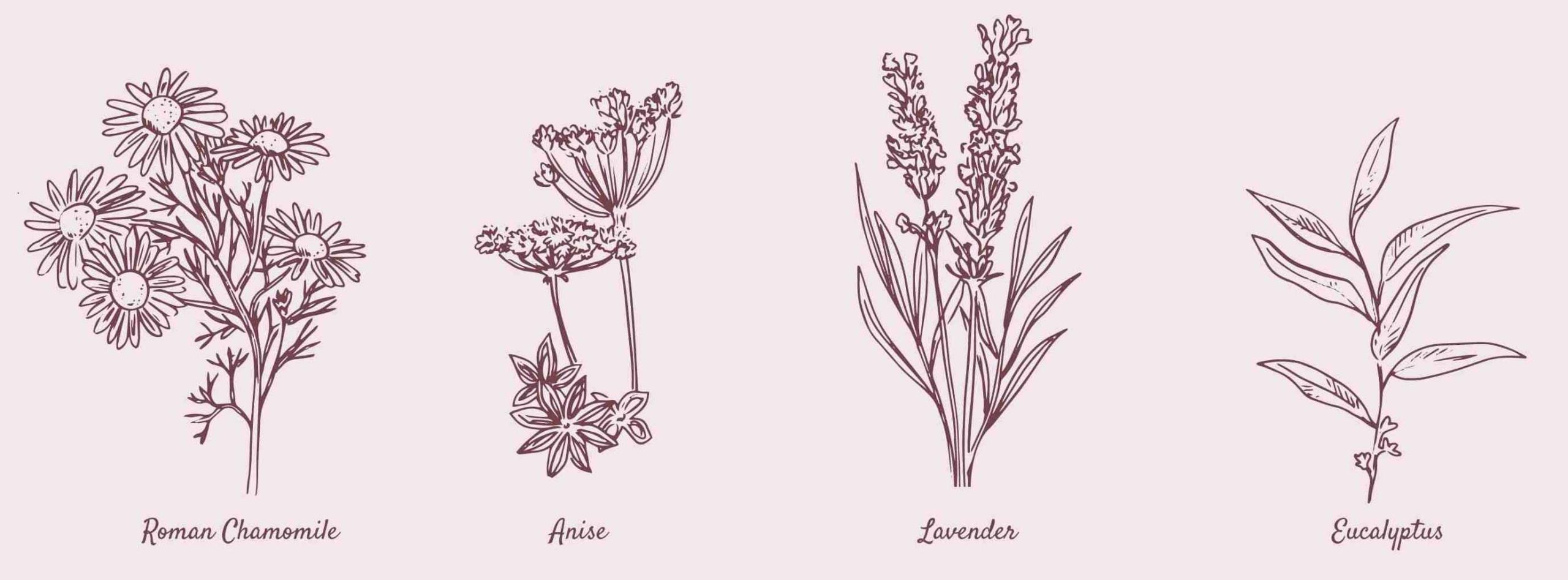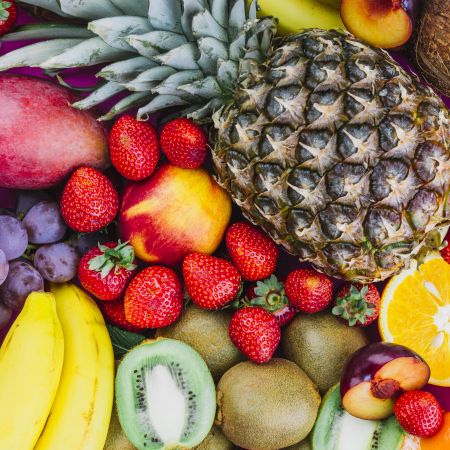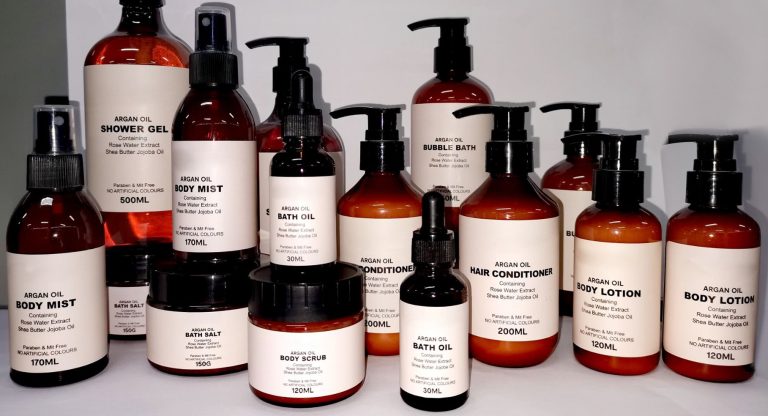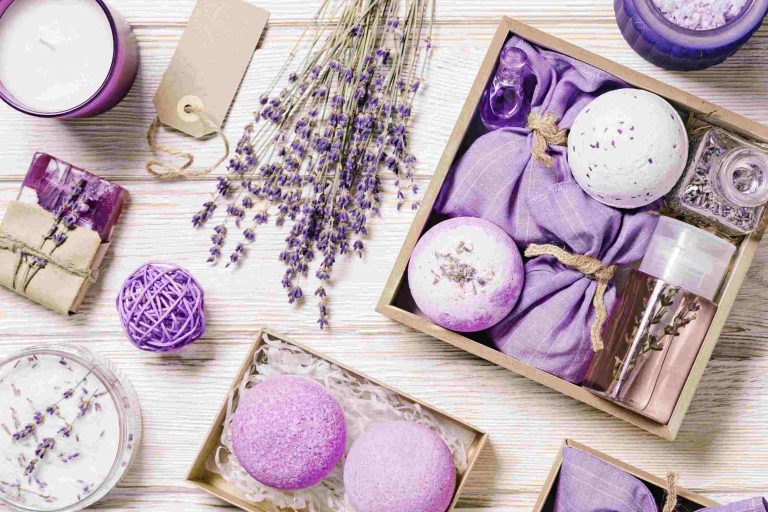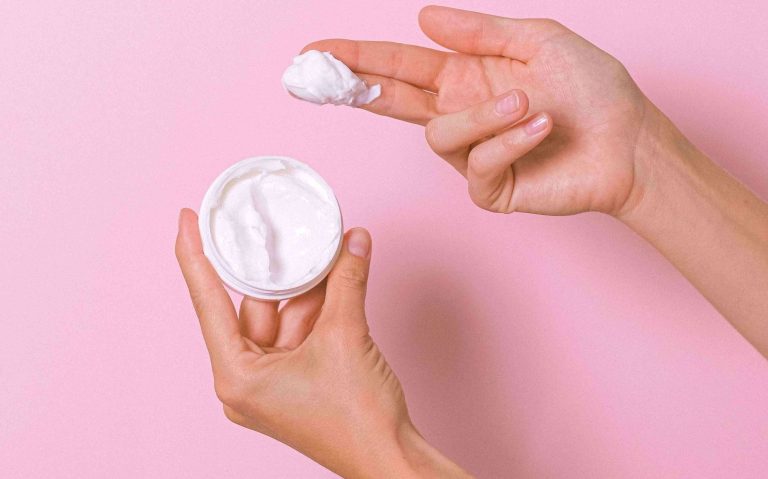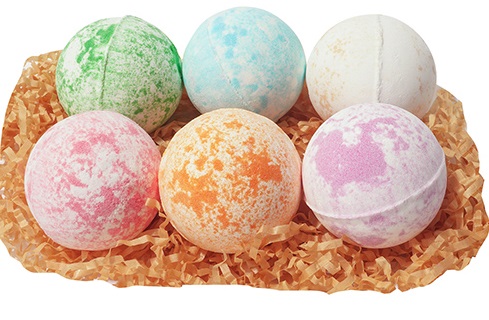How to Find Your Perfect Scent?
Fragrances play a significant role in enhancing the overall experience in the bath and body industry. They create a sense of freshness, cleanliness, and even luxury. The classification of fragrances in toiletries is based on various factors, including their fragrance theme, application, fragrance notes, solubility, and dosage form. Here are the common methods:
- A. By Fragrance Theme
- Floral
- Herbal
- Woody
- Fruity
- Marine
- Complex
- B. By Application (3 main categories)
- 1. Daily Use
- 2. Food
- 3. Other Uses
I. By Fragrance Theme
This is the most common classification, dividing daily fragrance essences into six major categories: floral, grassy, woody, fruity, ocean breeze and compound fragrance.
Floral: Includes various flower scents like rose, jasmine, chrysanthemum, orchid, ylang-ylang, etc.
Almost all essences contain floral essences, some are used as auxiliary fragrances to make the fragrance softer; others are used as the main fragrances in the essence.
Herbal: Mainly includes tea scents, lavender, eucalyptus, lemongrass, peppermint, rosemary, and bamboo.
Woody: There are only a few woody fragrances, such as sandalwood, pine, cypress, cedarwood, and peachwood. Because woody fragrances have a long-lasting fragrance, they are often used as base notes.
Fruity: Fruit fragrances are a diverse category, from citrus to other fruits like peach, banana, coconut, berries, and pear. Citrus fruits, such as lemon, grapefruit, and orange, are commonly used in perfumes and fragrances, often as top notes to provide a refreshing opening.
Marine: As a fantasy fragrance, offering a fresh and natural scent of the ocean. It’s usually composed of various florals, tropical fruits, and animalic notes.
Compound: Includes unique scents like aldehydes, leather, and ink.
II. By Application
Daily fragrance essences can be classified into three main categories based on their use:
Daily Use: Used in perfumes, cosmetics, toiletries, and other daily necessities.
Food: Used in food, beverages, cigarettes, and alcohol.
Other Uses: Used in sachets, incense bags, scented candles, car air fresheners, etc.
Ⅲ. By Fragrance Notes
Daily fragrance essences can be further classified by their fragrance notes:
Soap Fragrances: Violet, sandalwood, jasmine, rose, herbal scents, etc.
Cream and Lotion Fragrances: Three-flower blend, lily of the valley, osmanthus, fruity scents, etc.
Perfume Fragrances: Aldehyde type, floral type, green type, bouquet type, oriental type, etc.
Bath Bombs Fragrances: sweet orange, lemon, cream, vanilla, chocolate, almond, strawberry, etc.
Ⅳ. By Solubility
Daily fragrance essences can be classified into two categories based on their solubility:
Water-soluble (including alcohol-soluble): Dissolves in water or ethanol. Water-soluble fragrances are widely used in cosmetics such as colognes, soaps, shampoos, and toners. Common solvents for water-soluble fragrances include ethanol-water solutions with an ethanol concentration of around 40-60%. Propanol, propylene glycol, and tripropylene glycol can also be used as substitutes for ethanol in water-soluble fragrances.
Oil-soluble: Insoluble in water, but soluble in oils and fats. Oil-soluble fragrances are often used in lotions and creams.
Ⅴ. By Dosage Form
Daily fragrance essences can be classified into several categories based on their physical form:
Liquid (including paste and emulsion): Flows easily and is convenient to use.
Solid (including powder and block): Less volatile, easier to store and transport.
Liquid fragrances are the most common form, while solid fragrances are often used in deodorants and scented candles.
In addition to these classifications, daily fragrance essences can also be classified based on other factors like fragrance concentration, persistence, and style. With these categories, you can gain a deeper understanding of the various fragrances used in toiletries and make choices based on your product positioning.

